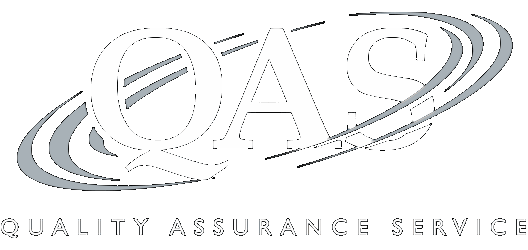F Reorganizations and Other Tax Planning for S Corporation Acquisitions and Investments
Note: CLE credit is not offered on this program
Recording of a 110-minute CPE webinar with Q&A
This webinar will discuss tax planning for S corporation investments and acquisitions, including the practical uses of F reorganizations in purchasing, selling, and restructuring S corporations. Our panel of taxation experts will walk you through examples and common scenarios, including pre-transaction planning for S corporation investments and acquisitions, the qualified Subchapter S subsidiary election, and comparing F reorganizations with alternative elections under Sections 338(h)(10) and 336(e).
Outline
- S corporations: an introduction
- Considerations for S corporation buyers and investors
- Considerations for S corporation shareholders
- Section 338(h)(10) and Section 336(e) elections
- Common issues with S corporation elections
- F reorganizations: an introduction
- F reorganizations involving S corporations: Revenue Ruling 2008-18
- Benefits and caveats to F reorganizations involving S corporations; comparison to elections under Sections 338(h)(10) and 336(e)
- Considerations for purchase and sale agreements
- State tax considerations
- International tax planning and F reorganizations involving S corporations
- Estate planning and F reorganizations involving S corporations
- Tax Return Reporting and Compliance
Benefits
The panel will cover these and other critical issues:
- Practical uses of F reorganizations for S corporation issues
- F reorganizations compared to elections under Section 338(h)(10) and 336(e) to treat stock purchases as asset purchases
- Structuring an F reorganization to ensure an S election remains intact and the business retains its EIN
- Meeting the six requirements under the Treasury regulations for F reorganizations
- Examples detailing common F reorganization scenarios
Faculty

David A. Gilbert
Of Counsel
Blank Rome
Mr. Gilbert concentrates his practice in the area of business tax law. He represents domestic and international clients... | Read More
Mr. Gilbert concentrates his practice in the area of business tax law. He represents domestic and international clients in a wide range of federal, state, and local tax matters. Mr. Gilbert advises publicly traded and private corporations, partnerships, funds, tax-exempt organizations, and individuals on various matters, including those arising in taxable and tax-free mergers and acquisitions, divestitures, restructurings, spin-offs, redemptions, and liquidations; inbound and outbound investments; formation, operation, and acquisition of limited liability companies, partnerships, and Subchapter S corporations; real estate transactions; financings; and tax controversies. He also has experience advising private equity and hedge fund sponsors on the tax aspects of fund formation as well as representing institutional investors regarding joint ventures and other investments. Mr. Gilbert is admitted to practice in New York and Florida, and is also a certified public accountant in New York. He earned his LL.M. in Taxation from New York University School of Law and his J.D. from the University of Alabama School of Law. Mr. Gilbert also received his M.S. in Accounting from the University of Florida and his B.S. in Accounting and Finance from Florida State University.
Close
Philip T. Pasmanik, CPA, MST
Partner
Hertz Herson
Mr. Pasmanik, CPA, MST, a Partner at Hertz Herson, has over 25 years of experience in Federal, International, and State... | Read More
Mr. Pasmanik, CPA, MST, a Partner at Hertz Herson, has over 25 years of experience in Federal, International, and State and Local taxation. His background includes roles at Big 4 and National accounting and advisory firms, and he has served both individual and corporate clients, ranging from closely held businesses to public corporations. Mr. Pasmanik specializes in tax planning, structuring, consulting, and compliance issues for medium and large domestic and foreign owned corporations. He has extensive experience in ASC 740, corporate and flow-thru entities, and in structuring inbound and outbound tax structures. Mr. Pasmanik has developed and implemented tax structures utilizing holding companies, blocker entities, and check-the box elections. His expertise also includes controlled foreign corporations, passive foreign investment companies, transfer pricing, earning stripping, foreign derived intangible income deductions, foreign tax credits, interest expense limitations, treaties, and withholding tax matters. Mr. Pasmanik also has extensive experience in representing clients on tax examinations, and multi state and local income tax matters including unitary taxation and voluntary disclosure agreements.
Close
